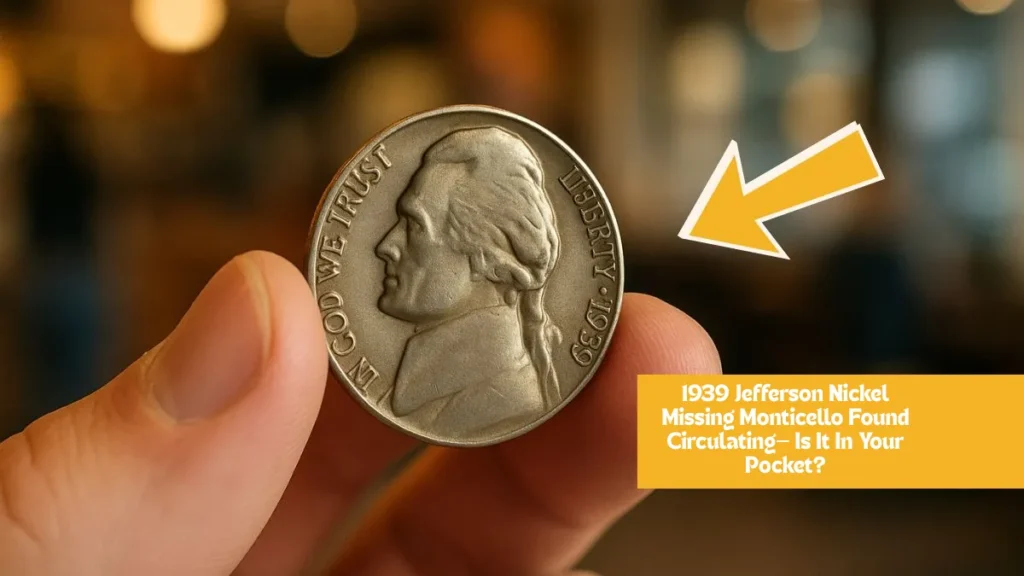What Makes the 1943 Lincoln Wheat Penny So Special?
Imagine pulling out a penny from your pocket—a common, everyday coin. Now, picture realizing that this penny could be worth nearly half a million dollars. It may seem unbelievable, but it’s true for a rare kind of penny: the 1943 Lincoln Wheat Penny, mistakenly struck in bronze. These coins are so valuable that one was recently sold for over $30 million, and experts believe there might still be a few hidden away in people’s pockets or old coin jars.
History of the 1943 Lincoln Wheat Penny
Before we dive into the details of the rare 1943 penny, let’s take a quick look at the history of the Lincoln Wheat Penny. Introduced in 1909 to celebrate Abraham Lincoln’s 100th birthday, the Lincoln Wheat Penny was the first U.S. coin to feature a real person. Designed by Victor D. Brenner, the penny featured Lincoln on the front and two stalks of wheat on the back, symbolizing the nation’s agricultural strength.
In 1943, during World War II, copper was urgently needed for military purposes, leading the U.S. Mint to switch to zinc-coated steel for pennies. This is why most 1943 pennies appear with a distinctive silvery-gray color. However, a small batch of pennies was mistakenly struck with leftover bronze from 1942. This error resulted in a handful of rare and highly sought-after 1943 bronze pennies.
Rarity and Value of the 1943 Bronze Lincoln Penny
Today, only around 20 of these rare bronze 1943 pennies are known to exist. One penny was sold at auction for a whopping $504,000, and another is rumored to be worth up to $900,000. The exciting part? Experts believe there are still a few of these valuable coins in circulation, possibly sitting in old piggy banks, coin jars, or even forgotten rolls of coins at local banks.
How to Spot a 1943 Bronze Lincoln Penny
So, how can you identify if the penny you’ve found is one of these extremely rare 1943 bronze pennies? Here’s how to tell:
| Feature | What to Look For |
|---|---|
| Color | A bronze or coppery tone (unlike the typical silvery-gray) |
| Magnet Test | Steel pennies will stick to a magnet; bronze pennies will not |
| Weight | Bronze pennies weigh about 3.11g; steel pennies are lighter, around 2.7g |
If your 1943 penny appears copper-colored, doesn’t stick to a magnet, and feels heavier than usual, it could be an extraordinary find. But before you get too excited, don’t forget the next important step.
Get It Authenticated Before You Cash In
If you think you’ve found a rare 1943 bronze penny, it’s essential to have it authenticated by experts. Some of the leading organizations for coin authentication include:
- PCGS (Professional Coin Grading Service)
- NGC (Numismatic Guaranty Corporation)
These experts will verify the authenticity of your coin and assign a grade, which can significantly impact its value.
Where to Sell Your 1943 Bronze Lincoln Penny
If your coin is confirmed as a genuine 1943 bronze Lincoln Penny, here are some great places to sell it:
- Major Auction Houses like Heritage Auctions or Stack’s Bowers, known for fetching top prices for rare coins.
- Private Collectors who specialize in acquiring historical and valuable coins.
- Reputable Rare Coin Dealers who can connect you with potential buyers.
While auction houses typically offer the highest selling prices, they also charge fees and commissions.
Could There Still Be One Out There?
Yes, there could still be a few 1943 bronze pennies out there, just waiting to be found. Whether it’s in an old jar in your attic, buried in a coin roll at the bank, or hidden in your spare change, the next big discovery might be closer than you think. So, if you’ve ever wondered about checking your pocket change, now might be the perfect time to do so!
Did You Know? The 1943 Penny Mistake is Not the Only Coin Error
The 1943 bronze penny is one of the most famous minting errors, but it’s not the only valuable mistake coin. Here are a few other rare coins with errors that collectors eagerly seek:
- The 1955 Double Die Penny – This penny features a noticeable doubling of the date and is highly sought after by collectors.
- The 1999 Wide AM Penny – A version of the 1999 penny with the letters “AM” in “AMERICA” spaced farther apart, making it a valuable error coin.
- The 2000 Sacagawea Dollar with a “Reverse of 1999” – A rare error in which a reverse die from the 1999 version of the coin was used, making it a highly collectible piece.
So, if you’re into coin hunting, the 1943 bronze penny may not be the only treasure in your spare change.
FAQs
How much is a 1943 steel penny worth?
Most 1943 steel pennies range from 5 cents to $2, depending on their condition. Uncirculated versions may fetch more.
How can I tell if my 1943 penny is bronze or steel?
Look for the color—bronze has a coppery appearance, while steel is grayish. Use a magnet (steel sticks, bronze doesn’t) and check the weight (bronze weighs about 3.11g, steel is lighter at 2.7g).
Where should I sell a valuable coin?
After authenticating your coin with PCGS or NGC, you can sell it through major auction houses like Heritage Auctions or Stack’s Bowers, or connect with trustworthy rare coin dealers.
Can my local coin shop help?
While a local coin shop can give an initial opinion, it’s crucial to have rare coins like the 1943 bronze penny officially authenticated. Experts will confirm the coin’s authenticity and value.
